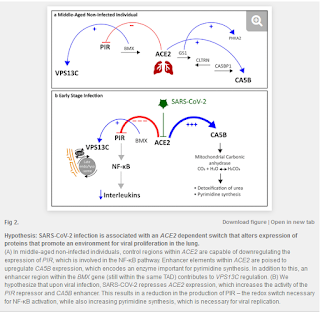The Nervous Heart video lecture notes
Dr. Crystal Ripplinger
5:40 nerve:myocyte ratio similar to capillary myocyte ratio; all myocytes in ventricular myocardium are in contact with at least one neuronal process
6:27 more nerves at base of heart than apex, more sympathetic in epicardium, more parasympathetic in endocardium
11:15 how sympathetic nerve loss contributes to arrhythmia post-myocardial infarction (heart attack) 12:52 heterogeneity in innervation can be arrhythmogenic
13:02 nerve loss, lack of norepinephrine can lead to beta adrenergic receptor hypersenstitivity & supersensitive response to neurotransmitters
14:03 Chondroitin sulfate proteoglycans (CSPGs) inhibit sympathetic regeneration after infarction, also prevent spinal cord regeneration
20:22 localized lesioning with anti-DBH-saporin; anti-dopamine beta hydroxylase antibody conjugated to toxin that gets into cell via synaptic vesicle
28:30 differences between larger animals (rabbits) and mice in how sympathetic stimulation affects action potential duration, differences in fight or flight responses
32:30 model mouse for studying cAMP second messenger activity
40:00 mapping spatial kinetics of cAMP activity
41:29 regional differences in phosphodiesterase activity (nice movie)
43:26 electrophysiological responses relative to cAMP activity
47:30 Q&A
48:00 too much sympathetic activity in heart failure leads to decreased beta adrenergic receptor sensitivity
52:15 depth of tissue affected by painting with anti-DBH-saporin
52:45 reperfusion injury; in absence of reperfusion nerve re-growth is possible and may even result in hyperinnervation since no CSPGs
54:45 what is source of CSPGs?
56:10 technical issues - FRET signal drift, NADH autoflourescence, change in NADH metabolism with sympathetic activity

Comments
Post a Comment